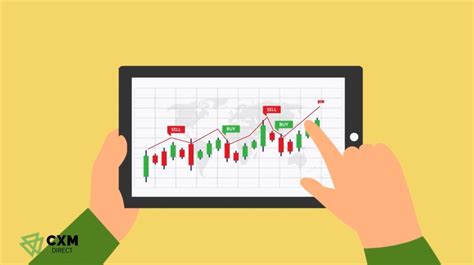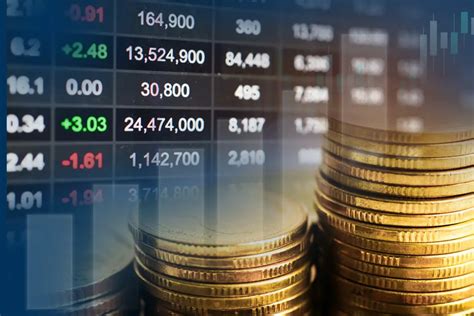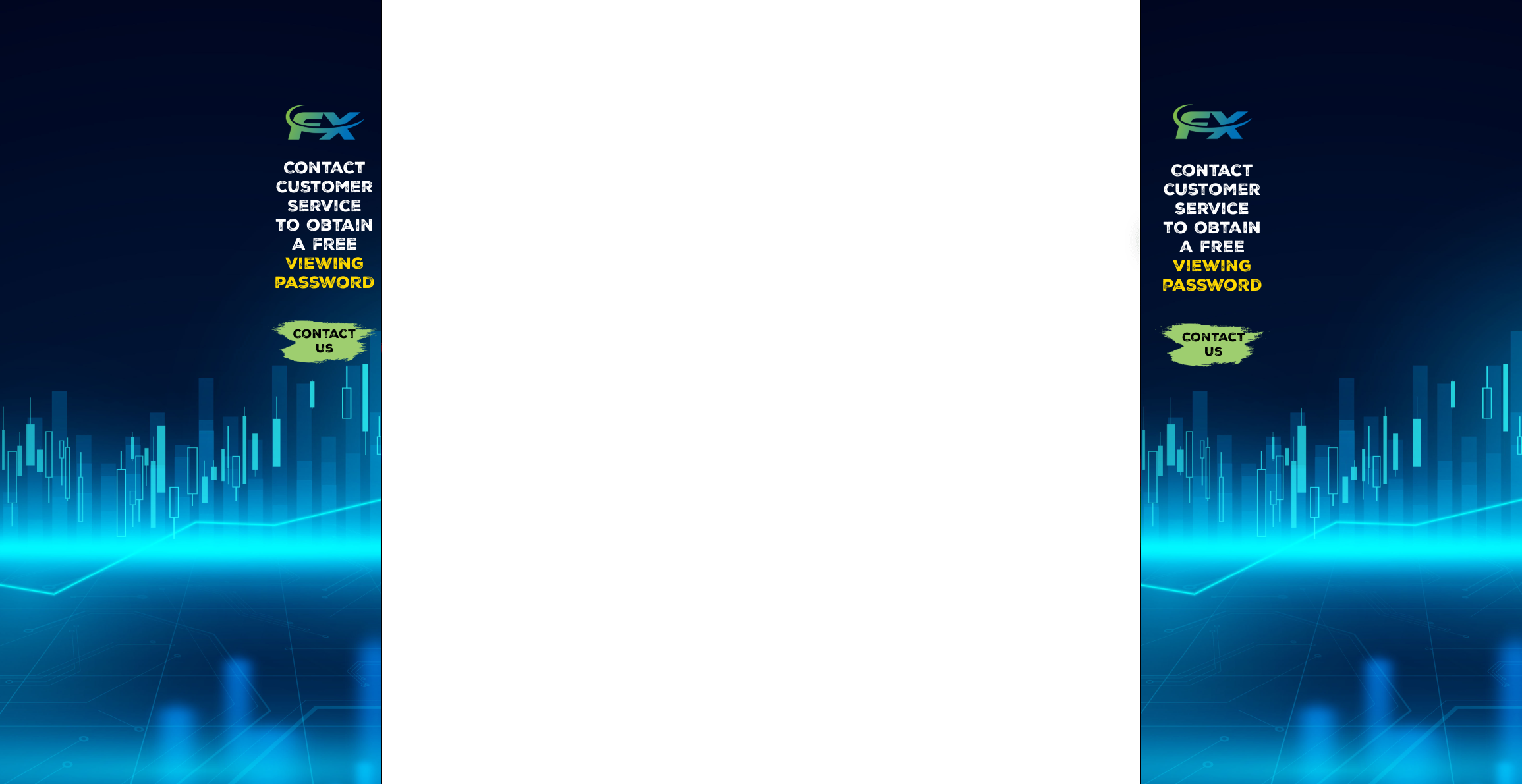Earnings from financial markets depend on multiple factors, and foreign exchange trading is no exception. Trading forex offers opportunities for profit, but income potential varies based on experience, strategy, capital investment, and risk management. Market conditions, economic indicators, and technical analysis influence outcomes, making it essential to understand what drives profitability. While some traders generate consistent returns, others struggle due to high volatility and leverage risks. Realistic expectations, disciplined execution, and knowledge of market dynamics determine long-term success.
Factors That Influence Forex Trading Profitability
Earnings in financial markets are shaped by multiple variables, and currency trading is no different. Trading forex presents profit opportunities, but results depend on how traders use leverage, navigate market conditions, select strategies, and interpret economic and technical indicators. Understanding these factors provides clarity on potential earnings and risk exposure.

Leverage and Margin: Amplifying Gains and Losses
Leverage increases potential profits but also magnifies risks, making margin management critical.
Margin is the required capital to maintain open positions, preventing forced liquidations.
Overleveraging can lead to a margin call, closing trades at a loss if account equity drops too low.
| Leverage Ratio | Potential Gain (%) | Potential Loss (%) | Risk Level |
|---|---|---|---|
| 1:10 | 5% | -5% | Low |
| 1:50 | 25% | -25% | Moderate |
| 1:100 | 50% | -50% | High |
| 1:500 | 250% | -250% | Very High |
Managing leverage requires balancing risk tolerance, position sizing, and stop-loss placement to prevent excessive drawdowns.
Market Conditions and Volatility
Bullish, bearish, and sideways markets impact profit potential by influencing price trends and reversals.
High volatility increases profit opportunities but also raises spread costs and slippage risk.
Trading during major sessions—London, New York, and Tokyo—offers higher liquidity and tighter spreads, improving execution quality.
Trading Strategies and Timeframes
Choosing the right strategy depends on market conditions and individual risk tolerance:
Day Trading vs. Swing Trading
Day trading involves quick trades within a single session, capitalizing on short-term moves.
Swing trading holds positions for several days or weeks, benefiting from medium-term price trends.
Scalping and High-Frequency Trading
Scalping relies on small price movements, requiring high-speed execution and low spreads.
Algorithmic trading automates execution, reducing emotional bias.
Position Trading and Long-Term Investing
Position traders hold trades based on macroeconomic trends and interest rate expectations.
Carry trades benefit from interest rate differentials between currency pairs.

Economic Indicators and Fundamental Analysis
Macroeconomic data influences forex price movements:
Interest Rates: Higher rates attract foreign investment, strengthening a currency.
Inflation Rates: Rising inflation often leads to currency depreciation if not offset by rate hikes.
GDP and Unemployment: Strong GDP growth and low unemployment boost investor confidence.
Trade Balance: A surplus strengthens a currency, while a deficit weakens it.
Central banks such as the Federal Reserve, European Central Bank, and Bank of Japan influence currency strength through monetary policy, making fundamental analysis essential for long-term profitability.
Technical Analysis and Profitability
Moving averages smooth price action, helping traders identify trends and reversals.
Relative Strength Index (RSI) signals overbought or oversold conditions.
Support and resistance levels guide entry and exit points, reducing drawdowns.
Fibonacci retracement and Bollinger Bands highlight potential price corrections.
Technical analysis refines trade timing, increasing accuracy in volatile conditions while reducing reliance on subjective decision-making.
Profitable Forex Trading Strategies and Their Risks
Profitability in trading forex is determined by the choice of strategy, risk management approach, and market conditions. Different methods cater to varying risk appetites and timeframes. Short-term, high-frequency strategies contrast with longer-term approaches that rely on economic fundamentals. Evaluating effectiveness requires analyzing execution methods, potential earnings, and risk exposure.

Scalping: High-Speed, Low-Profit Per Trade
Scalping focuses on executing multiple trades within minutes, capturing small price movements.
Ideal market conditions include high liquidity in major pairs like the Euro/US Dollar during the London and New York sessions.
Managing spreads and commissions is critical, as frequent trades can accumulate costs.
| Scalping Factor | Impact on Profitability |
|---|---|
| Execution Speed | Faster execution improves entry precision and reduces slippage. |
| Low Spreads | Trading pairs with tight spreads minimizes transaction costs. |
| Market Volatility | Moderate volatility provides frequent but manageable price swings. |
| Risk Management | Small stop-loss limits prevent excessive losses from bad trades. |
Scalping suits traders with high risk tolerance and access to fast execution platforms, ensuring minimal delay in volatile conditions.
Swing Trading: Capturing Medium-Term Trends
Identifying Trade Setups with Technical Indicators
Moving averages and Fibonacci retracement highlight key entry points.
Relative Strength Index (RSI) signals overbought or oversold conditions.
Risk-Reward Ratio Considerations
A 2:1 or 3:1 ratio ensures profitable trades outweigh losses.
Stop-loss placement at support and resistance levels controls downside risk.
Combining Technical and Fundamental Analysis
GDP growth, inflation rates, and interest rate policies determine currency strength.
Market sentiment shifts affect trend reversals, requiring adaptive strategies.
Algorithmic and Automated Trading
Automated systems execute trades based on predefined conditions, removing emotional biases. Algorithms analyze real-time market data, reacting faster than manual trading.
Trading Bots and Market Execution
Bots follow programmed buy and sell signals, ensuring quick decision-making.
High-frequency trading strategies use microsecond execution to exploit price inefficiencies.
Risk Factors in Volatile Conditions
Unexpected economic events disrupt algorithmic patterns.
Over-optimized scripts can fail in new market conditions.
Developing Custom Scripts for Accuracy
Custom algorithms integrate technical indicators like MACD crossovers.
Backtesting ensures effectiveness before live trading execution.
Long-Term Position Trading and Carry Trades
Position traders take advantage of long-term macroeconomic trends by holding trades for weeks or months.
Interest Rate Differentials and Carry Trades
Higher interest rate currencies, like the New Zealand Dollar or US Dollar, provide returns when paired with low-yield currencies like the Japanese Yen.
Holding trades for extended periods accumulates swap earnings.
Macroeconomic Trends and Market Timing
Central bank policies influence currency appreciation or depreciation.
Unemployment rates and manufacturing PMI dictate economic strength.
Risk Management and Capital Protection in Forex
Success in trading forex depends not only on strategy but also on risk control. Effective risk management safeguards capital, ensuring traders survive volatile market conditions and maintain profitability. Managing losses, position sizing, and emotional discipline all play a crucial role in sustaining long-term performance.
The Role of Stop Loss and Take Profit Levels
A stop-loss order automatically exits a position to prevent excessive losses.
Take-profit orders secure gains at pre-determined levels, balancing risk-reward ratios.
Trailing stops lock in profits by adjusting with favorable price movements.
Position Sizing and Risk-Reward Ratio
Proper position sizing aligns trade volume with account balance and risk tolerance:
Calculating Lot Sizes Based on Account Equity
Micro-lots (0.01 lots) suit conservative traders with smaller capital.
Standard lots (1.00) require higher margin, amplifying risk.
Applying the 2% Rule to Prevent Excessive Losses
Limiting risk per trade to 2% of total capital prevents account depletion.
Balancing Risk-Reward for Sustainable Gains
A 3:1 risk-reward ratio ensures profitability even with a 40% win rate.
| Account Balance | Risk Per Trade (2%) | Lot Size (Micro, Mini, Standard) |
|---|---|---|
| $1,000 | $20 | 0.02 (Micro) |
| $10,000 | $200 | 0.20 (Mini) |
| $50,000 | $1,000 | 1.00 (Standard) |
Understanding Margin Calls and Drawdowns
Margin calls occur when available margin drops due to excessive leverage, leading to forced trade closures.
Drawdowns measure equity declines, requiring recovery strategies to prevent prolonged losses.
Rebuilding capital involves smaller trade sizes and conservative risk exposure.
Hedging Strategies for Risk Mitigation
Using currency pairs with negative correlation (e.g., Euro/US Dollar vs. US Dollar/Swiss Franc) reduces risk exposure.
Futures and options allow structured hedging, minimizing downside losses.
Hedging limits risk but may cap profit potential, making strategy selection critical.
Psychological Resilience and Emotional Control
Fear and greed drive irrational trading decisions, leading to overleveraging or early exits.
Maintaining discipline ensures adherence to strategy even in adverse conditions.
Managing setbacks involves learning from losses and staying focused on long-term objectives.
Timing the Market for Maximum Profitability

Market timing plays a critical role in trading forex, influencing entry and exit decisions. Liquidity, volatility, and trading volume fluctuate across different sessions, making it essential to understand optimal hours, technical signals, and periods to avoid. Mastering these aspects enhances profit potential while reducing unnecessary risk.
Identifying Optimal Trading Hours
The London session (08:00-16:00 GMT) sees the highest volume, offering tight spreads and strong price movements.
The New York session (13:00-21:00 GMT) overlaps with London, increasing volatility in major currency pairs like Euro/US Dollar and British Pound/US Dollar.
The Asian session (00:00-08:00 GMT) is dominated by Japanese Yen and Australian Dollar, with lower liquidity but occasional sharp moves.
Overlapping sessions provide the best opportunities for traders seeking high liquidity and momentum-based trades.
| Trading Session | Major Currencies | Market Characteristics |
|---|---|---|
| London | Euro, British Pound | High liquidity, strong trends |
| New York | US Dollar, Canadian Dollar | Volatile, news-driven movements |
| Asian | Japanese Yen, Australian Dollar | Lower volume, steady trends |
Recognizing Overbought and Oversold Conditions
Relative Strength Index (RSI) for Trade Entries
RSI values above 70 suggest overbought conditions, signaling a potential sell opportunity.
RSI values below 30 indicate oversold conditions, favoring buy entries.
MACD Crossovers and Divergence Signals
A bullish crossover occurs when the MACD line crosses above the signal line, indicating upward momentum.
A bearish divergence warns of a trend reversal when price action moves higher, but the MACD histogram weakens.
Bollinger Bands for Price Extremes
A price touching the upper band suggests an overbought market, while the lower band signals an oversold condition.
Sharp breakouts from the bands often indicate trend acceleration or reversal.
Avoiding Trading in Low Liquidity Periods
Holiday sessions and weekends experience reduced activity, increasing spread costs and price manipulation risks.
Low liquidity periods, such as the final hours of the New York session, result in increased slippage and irregular price movements.
News releases, including interest rate announcements, GDP reports, and employment data, trigger unpredictable spikes, making execution difficult.
Realistic Profit Expectations and Income Potential
Profitability in trading forex varies widely depending on capital, experience, strategy, and risk tolerance. Traders aiming for consistent income need to align expectations with market realities, understand regulatory requirements, and explore scaling opportunities for long-term growth.
How Much Do Professional Forex Traders Earn?
Institutional traders at hedge funds and banks have access to deep liquidity, advanced algorithms, and proprietary research, giving them a competitive edge.
Retail traders typically operate with smaller capital and higher leverage, leading to varying income levels based on risk management.
Experience and account size play a significant role in earnings, with long-term traders often benefiting from compound growth.
| Trader Type | Capital Size | Monthly Return Potential | Risk Exposure |
|---|---|---|---|
| Institutional Trader | $1M+ | 5-15% | Low |
| Full-Time Retail Trader | $50K+ | 3-10% | Moderate |
| Part-Time Trader | $5K - $50K | 2-5% | High |
| Beginner Trader | <$5K | Highly Variable | Very High |
Building a Sustainable Trading Career
Transitioning from Part-Time to Full-Time Trading
Gradually increasing trading capital while diversifying income sources ensures financial stability.
Achieving consistency in profits before leaving traditional employment minimizes financial stress.
Setting Realistic Income Goals
Aiming for steady, risk-adjusted returns rather than aggressive profit targets helps long-term sustainability.
Managing expectations based on historical market performance and individual strategy efficiency prevents overleveraging.
Managing Expenses and Reinvesting Profits
Successful traders reinvest a portion of profits into trading capital to benefit from compounding.
Allocating funds for trading software, data feeds, and mentorship programs enhances long-term success.

Taxation and Regulatory Considerations
Different countries impose varying tax structures on forex earnings, requiring traders to maintain accurate records for compliance.
Some jurisdictions classify forex profits as capital gains, while others treat them as ordinary income, impacting tax rates.
Operating within regulated forex markets ensures protection against fraudulent brokers and enhances fund security.
Scaling Up and Growing Trading Capital
Compounding profits accelerates portfolio growth, but requires strict risk management to prevent drawdowns.
Securing external capital through funded trader programs or proprietary trading firms provides leverage without personal risk.
Developing a track record of consistent performance attracts capital from investors seeking forex exposure.
Conclusion
Profitability in trading forex depends on strategy, risk management, and market awareness. Traders who understand leverage, market conditions, and economic indicators can maximize earnings while minimizing losses. The influence of currency pairs, liquidity, and trading sessions shapes opportunities, making timing and execution essential. Technical tools such as moving averages, Bollinger Bands, and RSI assist in identifying trends, while fundamental factors like interest rates and inflation provide a broader outlook. Those who balance risk and reward effectively stand a greater chance of long-term success. Whether pursuing scalping, swing trading, or position trading, realistic expectations and a well-structured approach define consistent profitability in the forex market.
Income from forex trading varies widely. Full-time traders with significant capital can earn substantial profits, while beginners often start with small gains or even losses. Factors such as leverage, risk management, and market conditions influence earnings.
EUR/USD: High liquidity and low spreads make it a top choice.
USD/JPY: Predictable trends and stable movement.
GBP/USD: Offers strong volatility and trading opportunities.
Yes, but profits will be smaller compared to leveraged trading. Without leverage, traders rely on larger capital investments and long-term strategies to generate meaningful returns. Risk is lower, but so is potential reward.
Changes in interest rates influence currency strength. Higher rates attract investors seeking better returns, boosting demand for that currency. Lower rates often weaken a currency as capital moves to higher-yielding assets.
Prevents large losses through stop-loss orders.
Ensures consistency with position sizing.
Maintains discipline by following a trading plan.
Technical indicators provide insights into market trends, momentum, and price action. Tools like moving averages, MACD, and Fibonacci retracement help traders identify entry and exit points based on past price behavior.
Increased volatility leads to larger price swings, creating both risk and opportunity. Highly volatile markets allow for bigger profits but also expose traders to greater losses if trades move against them.
Enter and exit trades within minutes to capture small price movements.
Use low spread currency pairs for better cost efficiency.
Rely on high-speed execution and short-term technical indicators.
Key economic indicators like GDP, inflation rates, and trade balance signal economic health, influencing investor sentiment. A strong economy attracts foreign capital, strengthening its currency, while weak economic data can drive depreciation.
Common reasons include lack of strategy, emotional trading, excessive use of leverage, and failure to adapt to changing market conditions. Successful traders develop a structured plan, manage risk effectively, and maintain discipline over time.







